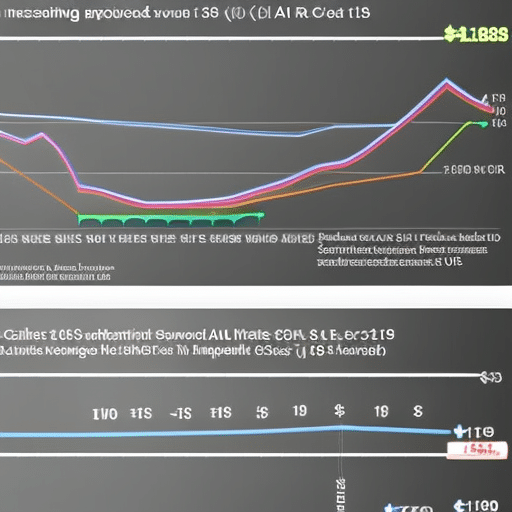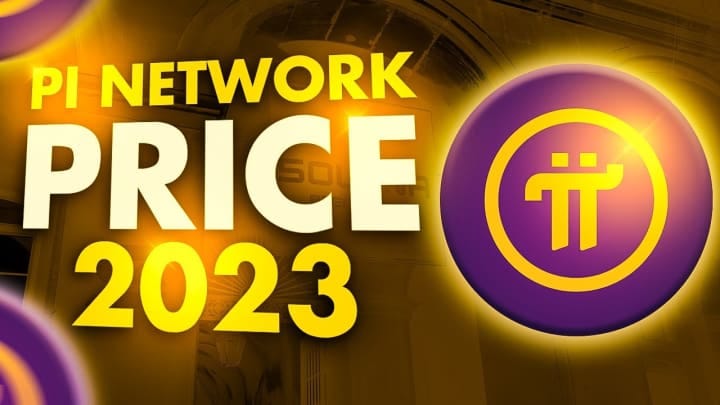Pi Network Vs. Solana: Which One Has A Better Future?
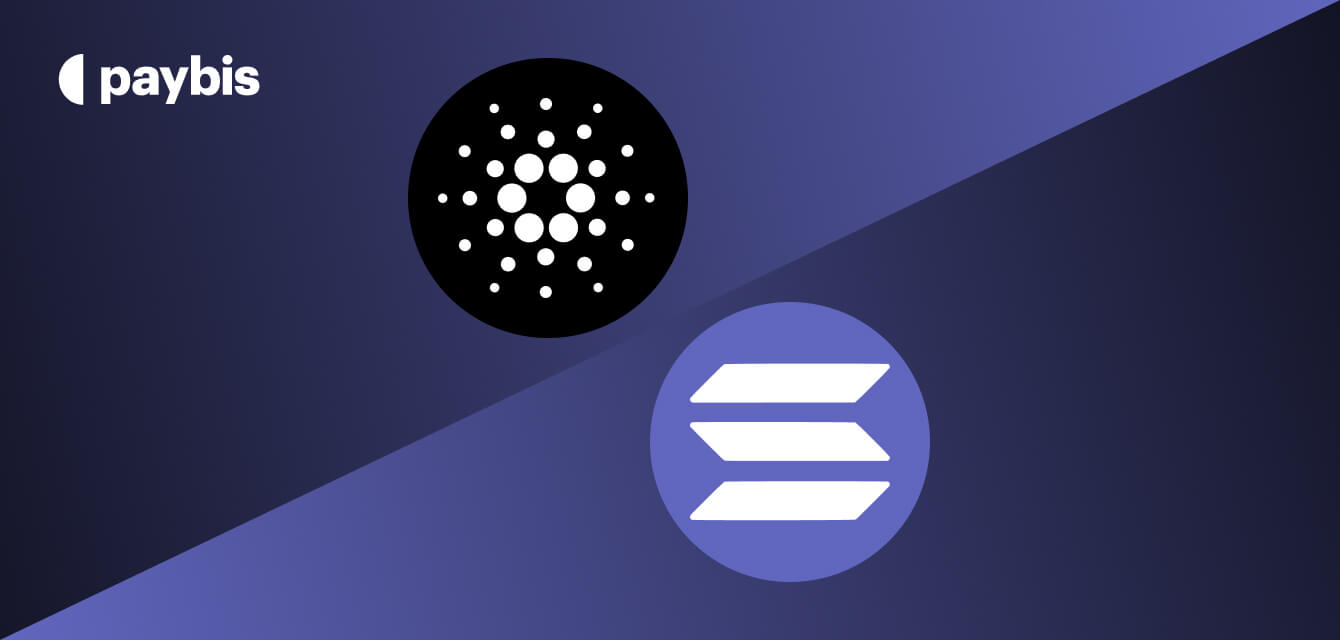
Executive Summary
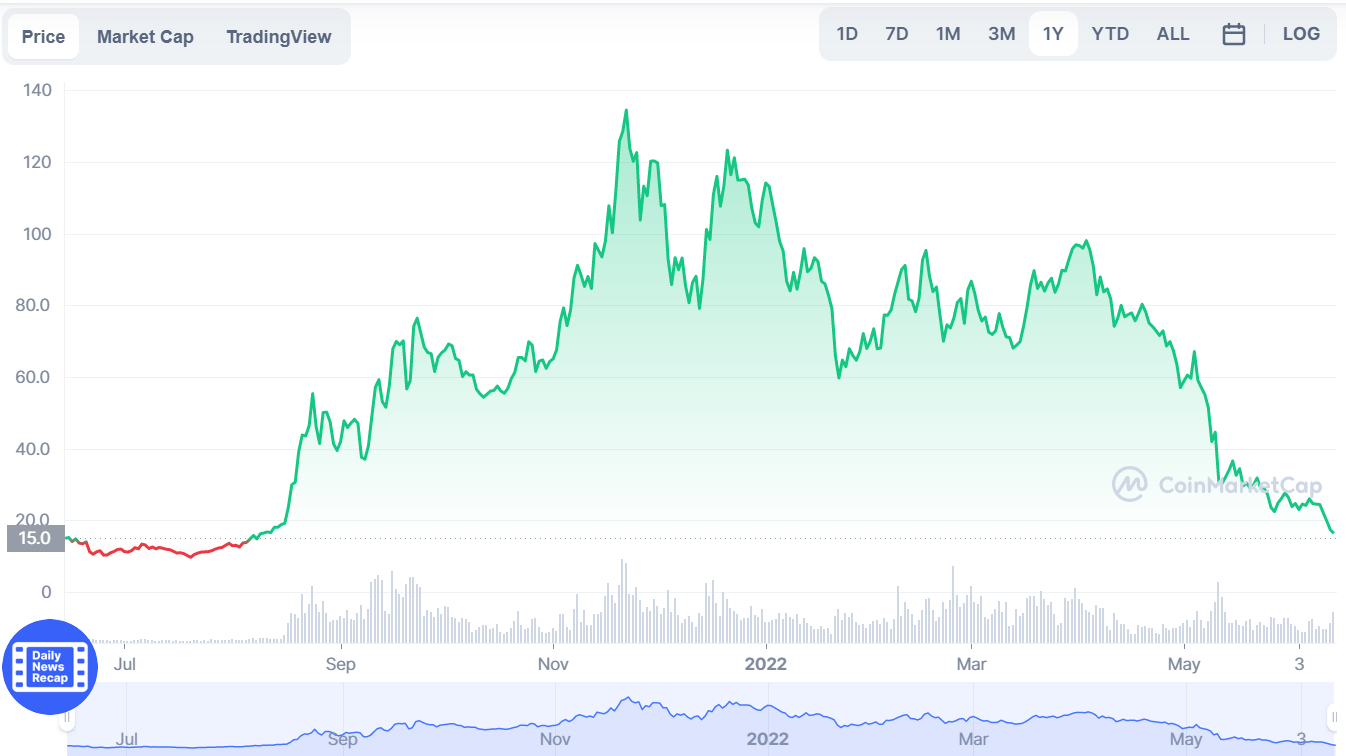
Choosing between Pi Network and Solana depends heavily on your investment goals and risk tolerance. Solana, a proven and established blockchain, offers high transaction speeds and scalability, making it attractive for developers and businesses. However, its centralized nature and past network outages raise concerns. Pi Network, on the other hand, is a relatively new and unproven cryptocurrency with a unique mining model. While its ambitious goals are appealing, its future remains uncertain due to its untested technology and the inherent risks of a nascent cryptocurrency. This in-depth comparison will help you understand the strengths and weaknesses of each, empowering you to make an informed decision.
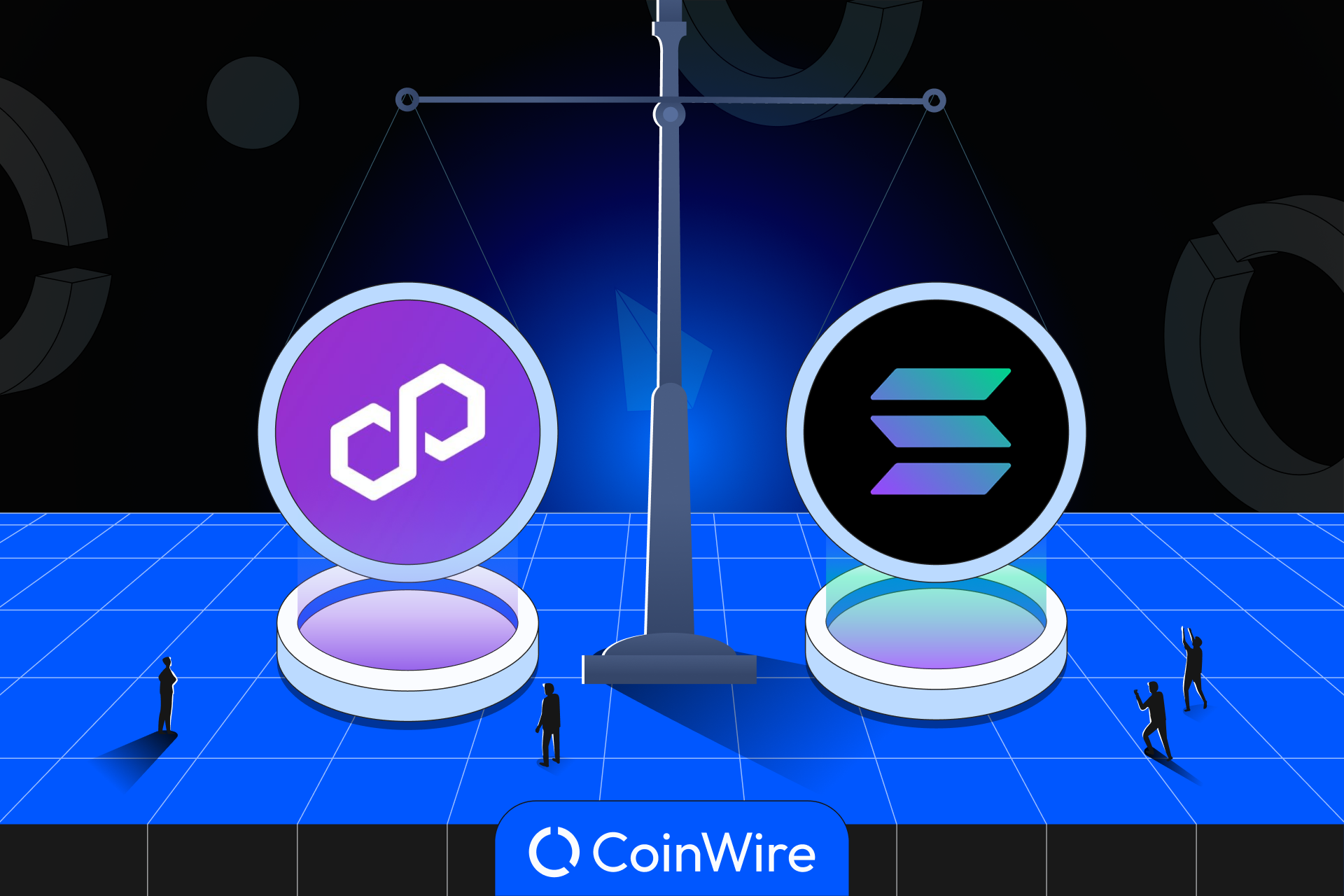
Introduction
The cryptocurrency landscape is constantly evolving, with new projects emerging and established ones vying for dominance. Two prominent players in this space, Pi Network and Solana, present distinct opportunities and challenges for investors. Solana boasts impressive technological capabilities, while Pi Network captivates with its accessible mining process. This comparison delves into the key aspects of each platform, aiming to illuminate their potential and risks, helping you assess which aligns better with your investment strategy and risk appetite. We will explore their technological foundations, community engagement, and long-term prospects, ultimately guiding you towards a more informed decision.
Frequently Asked Questions
-
Q: Is Pi Network a scam? A: While Pi Network’s legitimacy is debated, it’s not definitively a scam. However, its value is currently zero, and its future success is highly uncertain. Proceed with extreme caution and only invest what you can afford to lose entirely.
-
Q: How does Solana compare to Ethereum in terms of scalability? A: Solana generally boasts significantly higher transaction speeds and lower fees than Ethereum. However, Ethereum’s robust ecosystem and established developer community are significant advantages.
-
Q: When will Pi Network be launched on exchanges? A: There’s no official date for Pi Network’s mainnet launch or listing on major exchanges. The project’s timeline is subject to change, and delays are possible.
Technology and Scalability
Solana’s technology is a major selling point. It utilizes a unique proof-of-history consensus mechanism, allowing for significantly faster transaction processing compared to many other blockchains. This translates to lower transaction fees and a more efficient user experience. However, this very mechanism has been subject to criticism and scrutiny regarding its centralization and vulnerability to attacks.
- High Transaction Throughput: Solana’s architecture enables thousands of transactions per second, far exceeding many competitors.
- Low Transaction Fees: The high throughput translates into significantly lower transaction costs for users.
- Proof-of-History (PoH) Consensus: While innovative, this mechanism has been the source of network outages and security concerns.
- Smart Contract Functionality: Solana supports smart contracts, enabling the creation of decentralized applications (dApps).
- Potential for Centralization: The PoH mechanism has been criticized for potentially concentrating power in the hands of a few validators.
- Past Network Outages: Solana has experienced significant network outages in the past, highlighting its vulnerabilities.
Pi Network, on the other hand, is built on a Stellar-based consensus mechanism. Its mining process is accessible through a mobile app, requiring minimal technical knowledge. While this lowers the barrier to entry, it also raises concerns about the network’s security and long-term scalability.
- Mobile Mining: Pi Network’s accessible mobile mining is a significant differentiator, albeit one that raises concerns.
- Stellar-Based Consensus: Leveraging Stellar’s technology offers some level of security, but it remains untested at a large scale.
- Unproven Scalability: The network’s ability to handle a massive influx of users and transactions is currently unproven.
- Uncertainty around Mainnet Launch: The exact specifications and functionality of the mainnet remain unclear.
- Security Concerns: The ease of mining raises questions about the network’s susceptibility to malicious actors.
- Lack of Transparency: Some aspects of Pi Network’s development and governance remain opaque.
Community and Adoption
Solana boasts a vibrant and active developer community, contributing significantly to its ecosystem. This translates into a wider array of decentralized applications (dApps) and a more robust infrastructure. However, a portion of the Solana community is composed of speculative investors, which can affect market stability.
- Large and Active Developer Community: A strong developer ecosystem fosters innovation and application development.
- Growing Number of dApps: The Solana ecosystem supports a constantly expanding range of decentralized applications.
- Significant Institutional Investment: Solana has attracted considerable investment from venture capitalists and institutional investors.
- Market Volatility: The price of SOL is susceptible to market fluctuations influenced by overall cryptocurrency trends.
- Speculative Investment: A significant part of the community focuses on price speculation rather than long-term development.
- Marketing and Brand Recognition: Solana has effectively built brand recognition within the crypto community.
Pi Network’s community is vast, primarily attracted by the ease of mining. This large user base, however, doesn’t necessarily translate to active participation in the network’s development or governance. The long-term sustainability of a community driven by free, easily accessible mining is a significant question mark.
- Massive User Base: The app boasts millions of users, many attracted by the simplicity of the mining process.
- Limited Community Engagement: The level of active participation and contribution beyond mining remains relatively low.
- Uncertainty about Mainnet Adoption: The real-world adoption of the mainnet after launch remains to be seen.
- Potential for a “Ghost Town” Effect: The ease of mining may lead to a large inactive user base after launch.
- Community Dependence on Mining Incentives: The continued growth of the community largely depends on the continued appeal of free mining.
- Lack of Robust Governance Mechanisms: The governance structure of the network is still evolving and not fully transparent.
Tokenomics and Value Proposition
Solana’s SOL token plays a crucial role in securing the network and facilitating transactions. Its established market position and widespread adoption have given it a considerable level of value, although subject to market volatility.
- Established Market Position: SOL is a well-established cryptocurrency with a significant market capitalization.
- Utility as a Transaction Medium: SOL is used to pay for transaction fees and participate in network governance.
- Staking Rewards: Users can earn rewards by staking their SOL tokens to help secure the network.
- Price Volatility: The price of SOL is susceptible to significant swings driven by market sentiment.
- Deflationary Mechanisms (Limited): While not strictly deflationary, supply growth is relatively controlled.
- Decentralized Finance (DeFi) Applications: SOL is integrated into many DeFi projects on the Solana network.
Pi Network’s PI token currently holds no real-world value. Its future value hinges on the success of its mainnet launch and subsequent adoption. Its future price is highly speculative and hinges on several uncertain factors.
- No Current Market Value: PI tokens have no inherent value until the mainnet launch and exchange listing.
- Highly Speculative Value: The potential value of PI is largely speculative and dependent on various factors.
- Unclear Token Distribution: The distribution mechanism and long-term tokenomics require further clarification.
- Potential for Inflation: The large number of mined PI tokens raises concerns about potential inflation.
- Dependence on Mainnet Success: The entire value proposition rests on the successful launch and adoption of the mainnet.
- No Proven Utility: The real-world applications and utility of PI tokens are yet to be demonstrated.
Regulatory Landscape and Legal Compliance
Solana, being a more established cryptocurrency, has generally faced greater regulatory scrutiny. However, regulatory frameworks for cryptocurrencies are still evolving globally, presenting uncertainty for all players.
- Greater Regulatory Scrutiny: Solana’s established market position has attracted greater regulatory attention.
- Compliance Efforts: Solana has actively engaged with regulators to ensure compliance with existing laws.
- Evolving Regulatory Landscape: The regulatory environment for cryptocurrencies remains highly dynamic and uncertain.
- Jurisdictional Differences: Regulations vary widely across different jurisdictions, creating complexity.
- Potential for Future Regulations: New regulations may impact Solana’s operations and growth.
- Risk of Legal Challenges: The inherent risks of operating in a nascent and unregulated sector remain.
Pi Network, being a newer project, faces a similar level of uncertainty. Its global reach means navigating diverse and evolving legal landscapes will be a significant challenge.
- Regulatory Uncertainty: Pi Network faces considerable uncertainty regarding future regulations globally.
- Challenges in Regulatory Compliance: The distributed nature of the project presents compliance challenges.
- Potential for Legal Scrutiny: The project’s unique structure may attract regulatory scrutiny in certain jurisdictions.
- Global Compliance Requirements: Compliance with various legal frameworks across different countries will be crucial.
- Need for Clear Legal Framework: The project needs a well-defined legal strategy to navigate the regulatory landscape.
- Risk of Legal Actions: There’s a risk of legal action from various regulatory bodies depending on future developments.
Conclusion
Solana and Pi Network represent two distinct approaches to blockchain technology. Solana, with its high throughput and established ecosystem, offers a compelling platform for developers and businesses, despite some significant risks. Pi Network, with its accessible mining and ambitious goals, appeals to a broader audience but carries substantial uncertainty about its long-term viability. The choice between them depends entirely on your risk tolerance, investment timeline, and technical expertise. Investors should conduct thorough research and understand the inherent risks before committing funds to either project. The cryptocurrency market is highly volatile, and no investment guarantees profitability.
Disclaimer: This analysis is for informational purposes only and should not be considered financial advice. Conduct your own due diligence before making any investment decisions.
Keywords:
Solana, Pi Network, Cryptocurrency, Blockchain, Scalability

